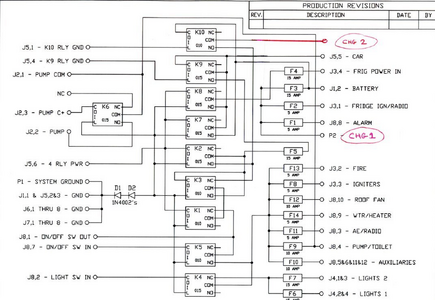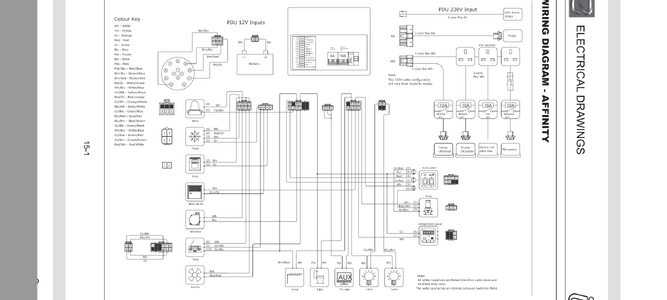Has anyone fitted one to charge a Li battery in the van from the car and if so how did you wire it? I'm struggling with various possibilities.
I could just manage without one but depending on charge levels it's possible for the car to partly discharge the Li battery, not to mention I would like to limit the charge taken from the alternator.
I could just manage without one but depending on charge levels it's possible for the car to partly discharge the Li battery, not to mention I would like to limit the charge taken from the alternator.



